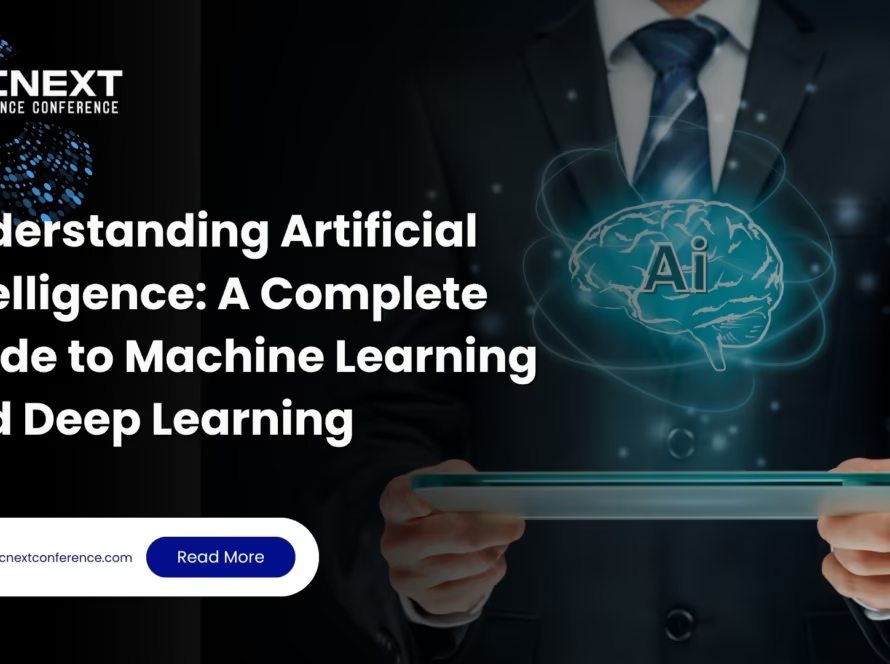Artificial Intelligence (AI) has come a long way, but even the most powerful algorithms depend on one thing — good data. The new focus in AI today is not just on building smarter models, but on improving the data that trains them. This approach is called data-centric AI. It ensures that machine learning systems perform better, make fairer decisions, and work well in real-world conditions.
Alongside this, synthetic data — data that is artificially created to look and behave like real data — is helping fill gaps where original data is limited, expensive, or sensitive.
What Is Data-Centric AI?
In traditional AI, most effort goes into fine-tuning models. But in data-centric AI, the main goal is to improve the quality of data used to train those models.
It focuses on:
Clean data: Removing errors, duplicates, and irrelevant records for better model learning.
Balanced data: Making sure every group or category is fairly represented to avoid bias.
Updated data: Keeping information current so that models reflect today’s trends and patterns.
When the data is accurate, diverse, and well-prepared, even simple models can perform extremely well.
Why Synthetic Data Matters
Sometimes, getting enough real-world data is difficult or risky — especially in healthcare, finance, or autonomous driving. Synthetic data solves these problems by creating realistic, computer-generated data.
It offers several advantages:
Privacy: Sensitive personal or medical information can be protected by using synthetic versions instead of real data.
Scalability: When real data is limited, synthetic data can help expand datasets quickly and at low cost.
Fairness: It can simulate rare events or underrepresented groups, helping AI systems make fairer decisions.
For example, autonomous vehicles use synthetic street scenarios to practice dealing with rare events, like sudden obstacles or unusual weather. Banks create synthetic customer profiles to test fraud detection systems without exposing real customer information.
Building Smarter and Fairer Models
By combining data-centric AI and synthetic data, companies can develop models that are:
More reliable: Trained on clean, accurate, and well-balanced data.
Fairer: Representing all groups and situations more equally.
Compliance: Meeting privacy and data protection rules in industries like healthcare and finance.
More adaptable: Ready to handle new or unexpected situations because they’ve been trained on diverse examples.
This shift also reduces time and costs. Instead of endlessly tweaking algorithms, teams can focus on improving data quality, which leads to stronger, more ethical AI systems.
Challenges to Watch
While the benefits are huge, it’s important to manage synthetic data carefully. Poorly generated synthetic data might misrepresent reality or introduce bias. Also, combining synthetic and real data smartly is key — using synthetic data alone can make models less accurate if not properly validated.
Human oversight remains essential. Domain experts — whether doctors, farmers, or financial analysts — must help ensure that the data truly reflects real-world conditions.
Looking Ahead: DSC Next 2026
The upcoming DSC Next 2026 conference will spotlight how data-centric AI and synthetic data are shaping the next generation of intelligent, ethical, and fair AI systems. Stay tuned for interactive panels and hands-on workshops that shape the next wave of ethical, powerful machine learning.
Conclusion
Data-centric AI reminds us that better data means better AI. When combined with synthetic data, it opens the door to smarter, fairer, and more responsible technologies. As the world prepares for DSC Next 2026, one thing is clear — the future of AI will be built not just on powerful algorithms, but on powerful data.
References
Clean Lab AI:A Guide to Data-Centric AI
MIT Sloan :What is synthetic data — and how can it help you competitively?


